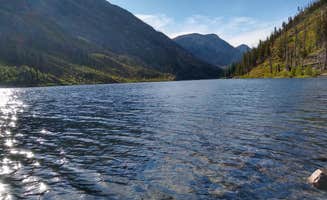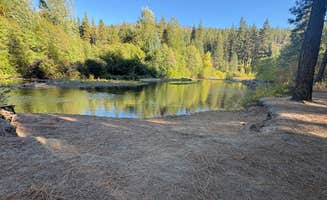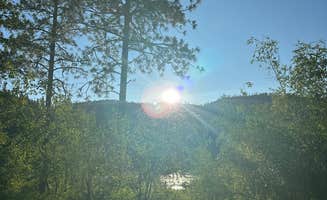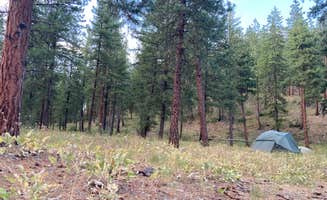Best Dispersed Campsites Around Oroville, WA
Dispersed camping opportunities abound near Oroville, Washington, with several primitive sites situated around scenic lakes. Sidley Lake offers free camping in roadside pullouts with basic outhouse facilities provided by Fish and Game. The area features beautiful lakes including Sidley and Molson, located near the historical Old Molson site. Traffic remains minimal throughout the season, though campers should note the proximity to the Canadian border affects cell service. Verizon reception is available, but Canadian towers often provide the strongest signal.
Most dispersed sites in the region are dry camps without water or power hookups. Forde Lake sits between a small lake and pond, offering views of the valley floor. According to reviews, the campground contains approximately 10 sites with varying sizes to accommodate different vehicles. Four sites can handle trailers up to 27 feet, while others are suitable for smaller slide-in campers. The gravel access road generates considerable dust during dry periods.
A Washington Discover Pass is required for camping at several locations, including Sullivan Pond Camp. This quiet site features limited camping spaces surrounded by seasonal wildflowers. Four-wheel drive vehicles with good ground clearance are recommended for access. Insect activity can be significant, particularly during summer months. Several campers noted that mosquitoes are prevalent near lakes and ponds. The region follows standard dispersed camping protocols: pack out all trash, maintain appropriate distance from water sources, and observe current fire restrictions. Free dispersed campsites near Oroville provide solitude and direct access to nature, with Upper Bobcat Dispersed Camping offering numerous spacious sites even when arriving late during peak summer weekends.





